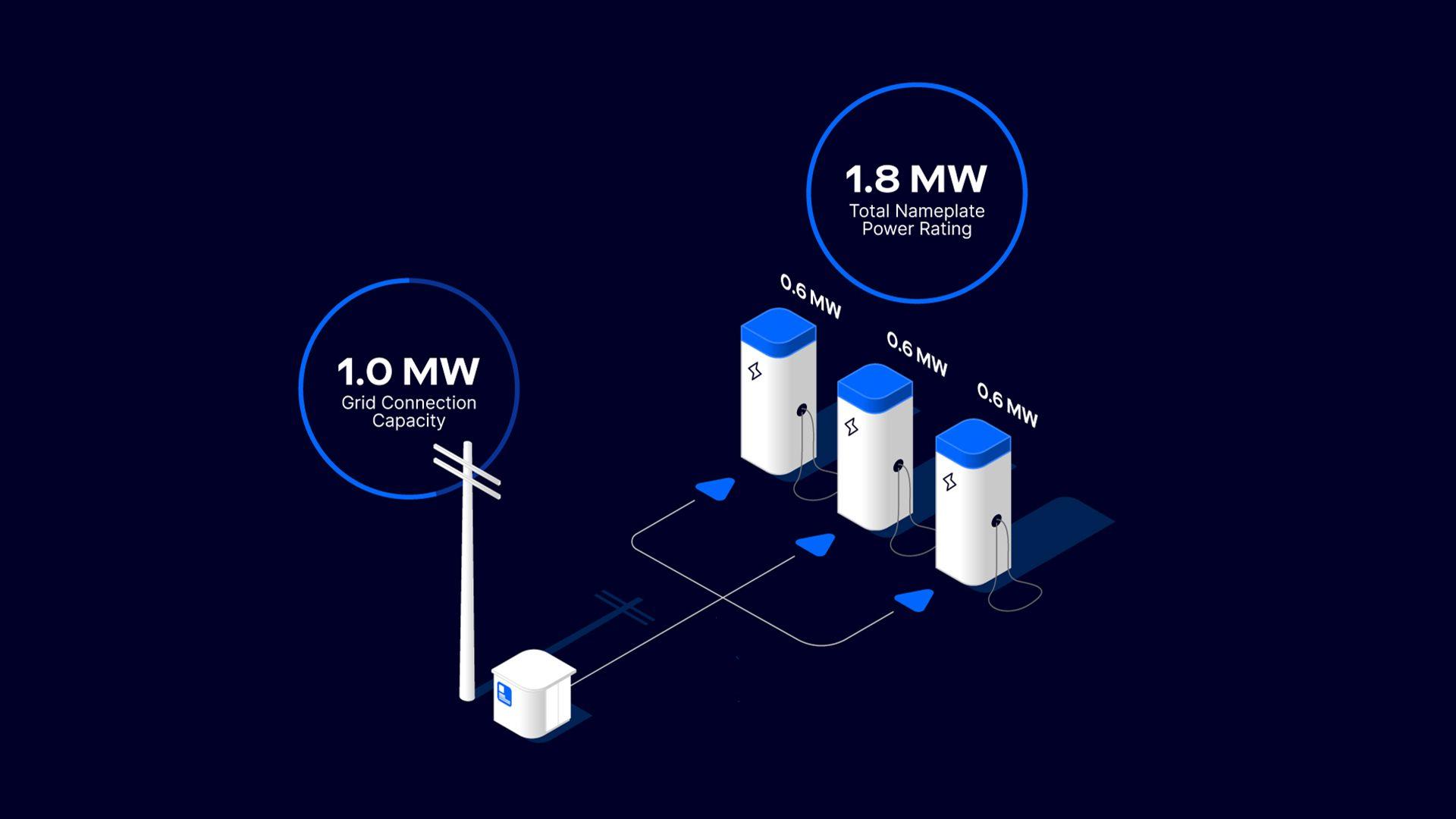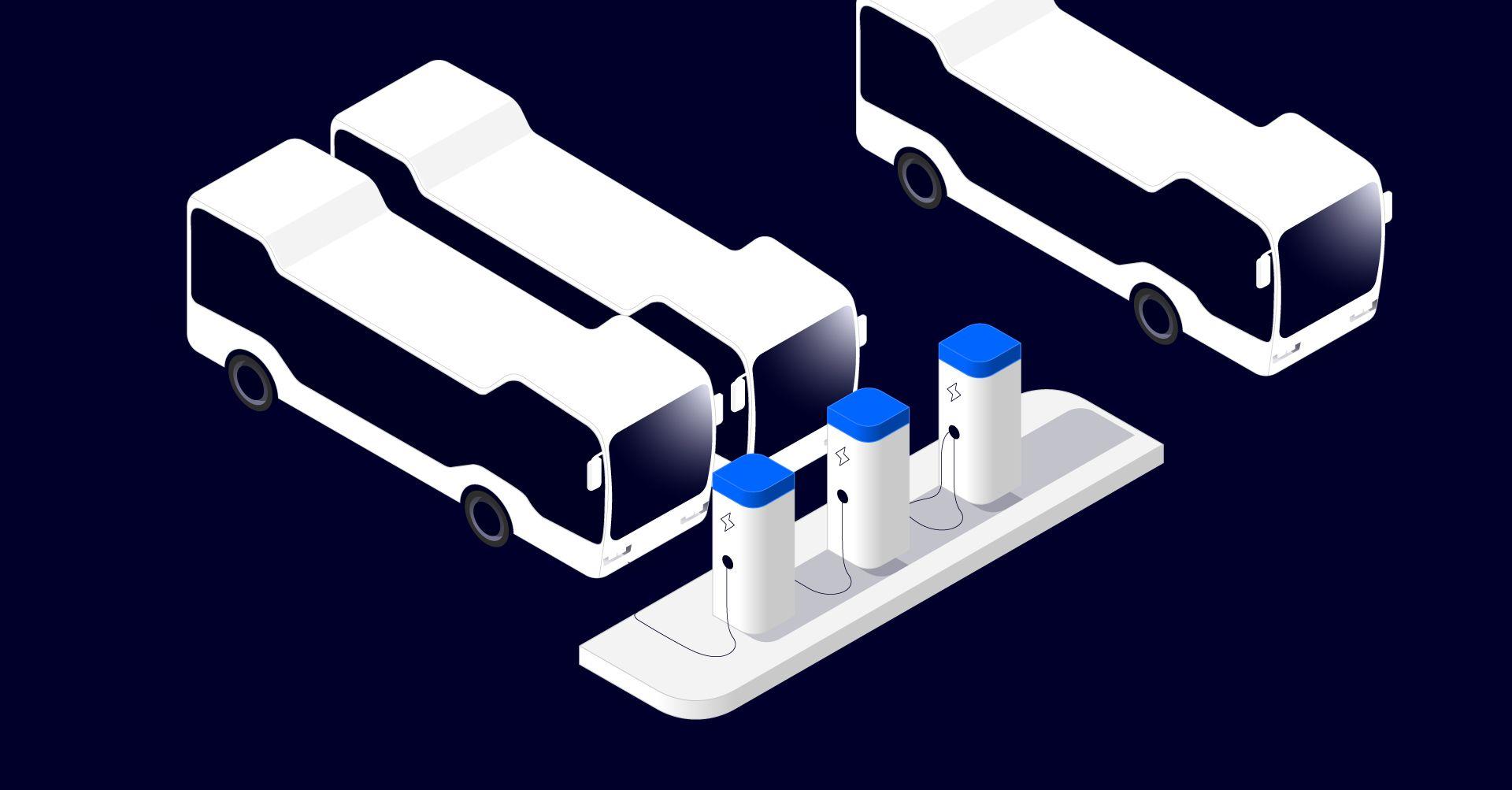Over the past several years, transit agencies across the country have committed to ambitious goals to make the transition to zero-emission vehicles. The initial pilot deployments of a handful of electric buses and chargers have paved the way for larger-scale deployments, and many transit agencies are ready to take the plunge and scale up their electric fleet.
As was expected, these larger scale deployments have come with their own unique challenges that were not encountered during the pilot phase. For some transit agencies across the country, one of the new challenges is dealing with utility connection upgrades. Transit buses require high power DC chargers. If an agency has five 180kW charging cabinets, with nameplate capacity totaling 900kW, most of the time that is a capacity that can be supported under the existing utility connection. When the agency wants 20 180kW charging cabinets, totaling 3.6MW, most would need a grid capacity upgrade for that site.

The Technical Guide For EV Fleet Charging
Grid capacity upgrades can be costly and could add several years of design and construction onto a project. For agencies that have federal funding they need to spend in a set timeframe or have goals for their zero emissions program that they need to meet, the additional costs and time can be a significant barrier to fulfilling those commitments. Some agencies have also faced a significant challenge when their application to increase their utility connection is denied by their utility, creating a huge roadblock for the project to move forward.
These types of challenges are where transit agencies can make use of automated load management (ALM). ALM is a powerful tool that transit agencies can use to transition to zero emission vehicles in a timely and cost-effective way.

What is ALM?
The Vehicle-Grid Integration Council says “Automated load management (ALM) is the use of software or other behind-the-meter technologies to strategically share charging capacity across multiple charging ports at the same charging site, helping safely connect multiple charging ports whose total nameplate load would otherwise exceed the rated capacity of the customer connection. By using ALM, customers can avoid or defer the need to upgrade certain distribution system infrastructure to accommodate the new EV charging load.”
With ALM, it can be feasible to have a higher charger nameplate capacity installed at the site than the utility connection of the site. For example, a site could have 1.8MW of nameplate charger capacity installed with only a 1.1MW utility connection at the site.
ALM is enabled by charging and energy management software. Charging and energy management software enables the sharing of charging capacity across multiple charging sites and automatically adjusts charging to ensure that the total load stays within the safe limitations of the site.
How can I get more information about ALM and how can I incorporate it into my electric bus project?
The first step is to get more information about ALM and how it works. You can download our Technical Guide on ALM which takes you through everything you need to know to get started.

